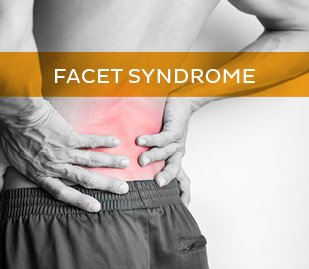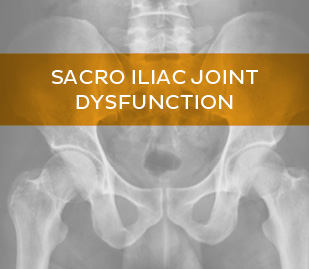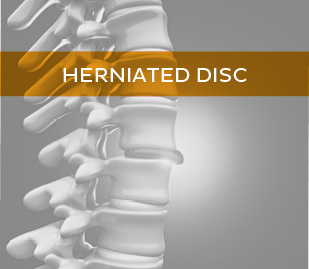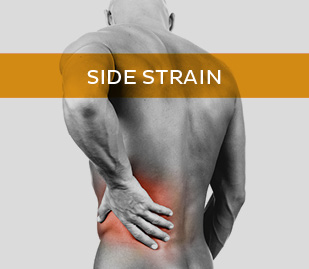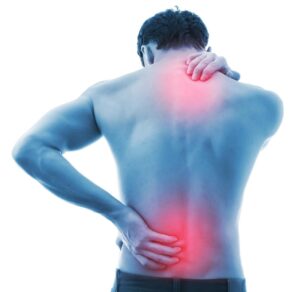
The mid and lower back (spine) contains 12 thoracic and 5 lumbar vertebrae, a very strong set of joints which are surrounded by powerful muscles. It is designed to allow for movement whilst also providing protection to your vital organs. The back can become injured due to a sudden trauma, such as a fall, or by repetitive overload. Mechanical back pain, which is either or a muscular strain or joint stiffness, is also common. Injuries in the back can happen slowly over time due to a lack of general physical activity, or a lack of strength and conditioning to do certain tasks. These sort of injuries are often minor and can be managed using the principles of POLICE under the guidance of a physiotherapist. Occasionally injuries can be more severe and need medical management. We advise that you seek a medical opinion if you have sustained any sort of traumatic injury (see the red flags section) or if you have any sudden changes in controlling your bladder and bowel control or lose leg coordination. The best available evidence shows that the best non-traumatic injury prevention and management strategies are to increase your physical activity and strength. Posture is thought to pay less of a role in back injury management than the strength and conditioning of your back and body in general. The key to management is regular activity/exercise and regular changes of position.
Back Injury Products
We have all the professional products recommended by the World’s best Physios
Back Injuries Table
This table shows some of the key symptoms of the most common back injuries. We strongly advise that you see a healthcare professional rather than attempt to self-diagnose.
The information pages about each condition should help to explain the injury you have and signpost how it can be appropriately managed. Remember that wear and tear (degeneration) in your back is a normal part of ageing. Often, people with large amounts of wear and tear on scans have no symptoms and are fully-functioning. Avoiding moving your back and general physical activity will not help; it will just make your muscles tighter and weaker, back stiffer and pain worse. Pain-free clicking is nothing to worry about as it is either tight tendons and ligaments flicking over the joints, or the release of nitrogen gas bubbles from your joints (cavitation). If there are high levels of pain with the clicking then seek a medical assessment.
| Condition | Common Signs & Symptoms | |||||
| Pain | Swelling | Stiffness | Weakness | Instability | Locking | |
| Facet Syndrome | ||||||
| Herniated Disc | ||||||
| Sacro Iliac Joint Dysfunction Note: This is classed as a Pelvis Injury |
||||||
| Sciatica | ||||||
| Side Strain | ||||||
| Spinal Stenosis | ||||||
| Spondylolysis | ||||||



